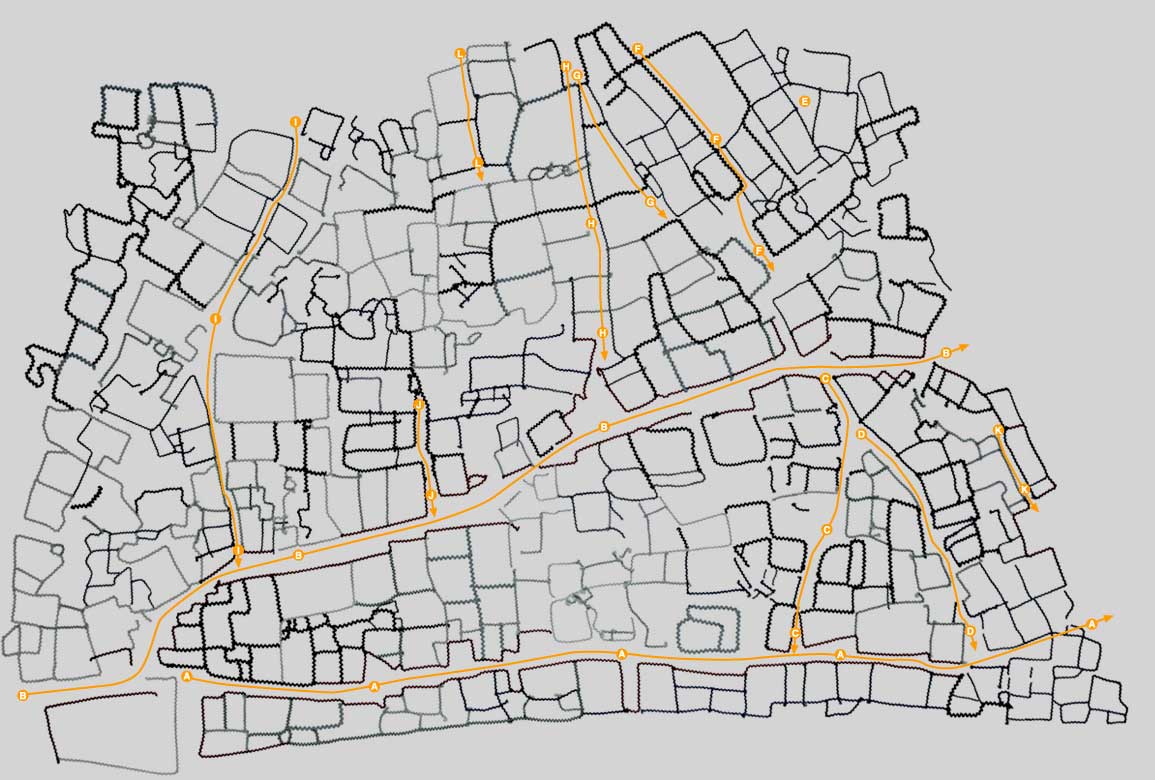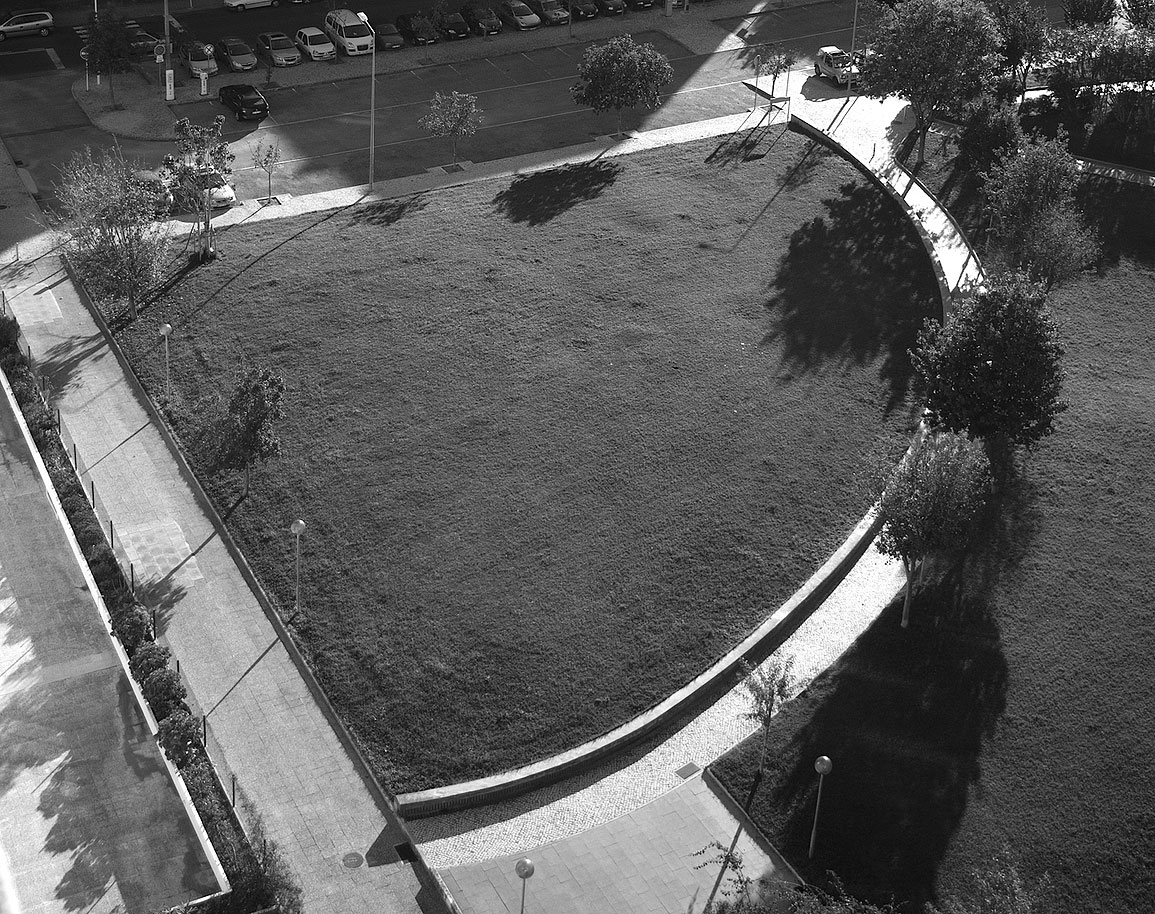Description: The sugar cane is supposed to have had its origin in South-west Asia. Its cultivation was implemented by the Portuguese people in Cape Verde, S. Tome and Prince and Brazil, becoming quite important for the colonial economy and for the use of slave labor until the end of the XIX century.
Although the sugar cane cultivation is not common in Portugal, in the Quinta da Vitoria neighborhood several areas of cultivation were used of the purpose. The area made available by the demolition of houses was a way of increasing the production of this plant.
According to Ana Moreira, the sugar cane was cultivated essentially to produce molasses. As the neighborhood was being demolished and people moved to other places, this collective practice widely spread among the Cape Verde women, gradually disappeared. (*)
Provided by: Ana Moreira dos Santos, a Cape Verde-born Portuguese.
Present Location: This plant was cut down during the Quinta da Vitoria demolition.
Last revision date: March 2016
(I) Numbering in accordance with the archive of trees and plants identified in the Quinta da Vitoria 2012 and 2013.
(II) Mabberley, David J. Mabberley´s Plant-Book: A Portable Dictionary of Plants, their Classifications and Uses. Cambridge University Press, 2008.
(*)Testimonies of residents gathered in a set of recorded conversations in the neighborhood of Quinta da Vitória and later to your demolition, recorded in Lisbon, Loures and London between July 2012 and October 2014.



